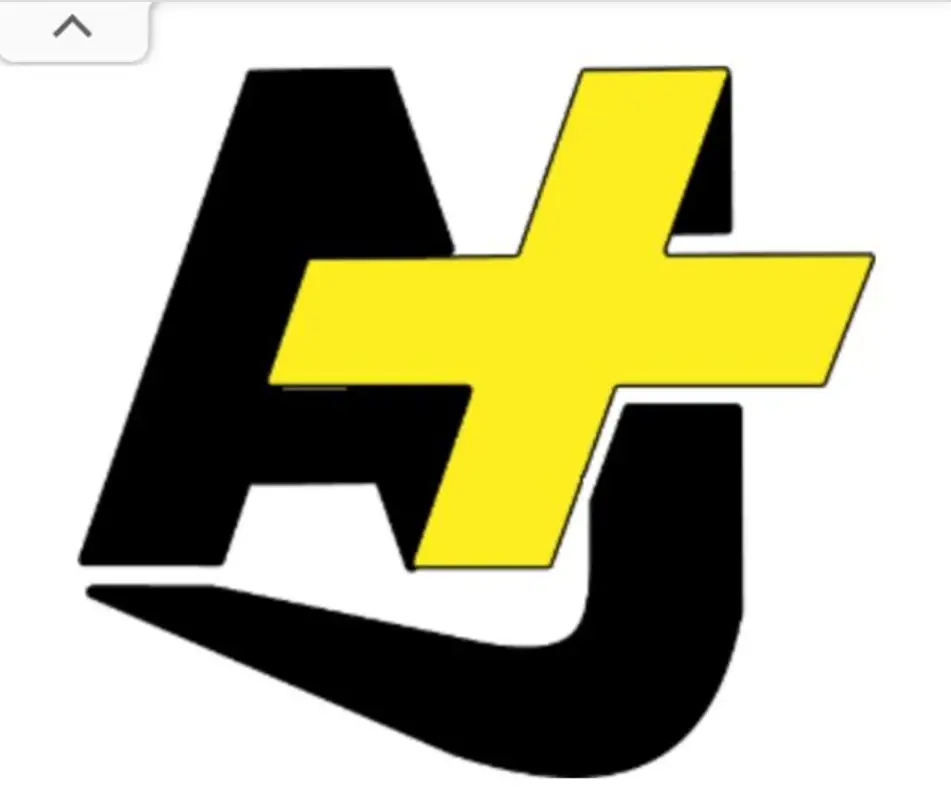Your cart is currently empty!
Kry you ry: FIVE South African-only motoring icons worth saluting
It’s a time of cheer, so we’re celebrating our South African-only motoring icons these holidays. We’re talking about the limited-edition specials that enthusiasts go weak at the knees for still. Interestingly, while South Africa is home to at least five world-class assembly lines producing modern cars and bakkies for export all over the world in 2024, it’s these South African-only motoring icons that put us on the automotive map.
SOUTH AFRICAN-ONLY MOTORING ICONS
Each has a huge local (and sometimes international) fanbase and commands top dollar on the used market. Most were produced in the ’80s and ’90s for the purposes of racing homologation. Rules of the time dictated that a certain amount of road-going cars needed to be produced and sold to the public before manufacturers could go racing. What a time to have been an enthusiast, eh!?
OPEL KADETT GSI 16V SUPERBOSS

In the ‘80s and ‘90s, Opel was determined to take the fight to BMW on local racetracks, and so the ‘Superboss’ was born. Built in limited numbers in order to meet Group N homologation requirements, the Kadett GSI 16V Superboss represented a significant upgrade over the garden-variety GSI. One of the most sought-after South African-only motoring icons, it was driven into the racing record books by the likes of Mike Briggs.
It didn’t look like much, but the mighty hot hatch introduced several engine and suspension upgrades, including a limited-slip differential. Likewise, the Superboss enjoyed a strict weight-saving regimen, bringing the weight down to roughly 975 kg. Air-conditioning, electric windows and plenty of sound-deadening material was chucked in the bin to maximise 125 kW 2.0-litre 16V motor.
FORD SIERRA XR8

One of the rarest of the rare South African-only motoring icons, the XR8 was built between 1984 and 1988 for, you guessed, racing homologation purposes. Just 250 cars were produced with a powerful 5.0-litre V8 engine from the Mustang shoehorned into the awkward hatchback body shell. Upgrades to the XR6 donor car included stronger brakes, reworked suspension and a massive double-decker rear wing.
Ford South Africa reportedly had to design and manufacture some 96 bespoke components from scratch to make the XR8 work. Proudly dubbed South Africa’s muscle car, 160 kW ensured the XR8 could sprint from zero to 100 km/h in less than 7 seconds, before topping out at 225 km/h – impressive numbers in the mid ‘80s.
NISSAN SENTRA 200 STI

Rarely acknowledged as one of the South African-only motoring icons, the Nissan Sentra 200 STI was manufactured at Nissan’s Rosslyn plant in Pretoria during the early 1990s. Produced, once again, for homologation purposes, the compact sports sedan (and Sabre hatchback) shared a global nameplate. But it featured plenty of local development and quickly emerged as a formidable competitor in Group N and SATCAR racing. Less fancied than many cars of its era, what set the Sentra 200 STI apart was its potent, high-revving SR20 VVL engine, producing 145 kW.
This naturally aspirated 2.0-litre masterpiece featured variable valve timing and two sets of cams. So, when other motors were running out of power at 6 500 rpm, the Nissan was only switching over to VVL and still had another 1 500 rpm to go to redline. The suspension, brakes and steering were specifically calibrated for South African road conditions and the STI’s limited-slip differential improved grip and handling characteristics immensely. They’re still coveted today by racers and enthusiasts and can handle plenty of aftermarket modification.
VOLKSWAGEN CITIGOLF 1.8I R-LINE

No mention of South African-only motoring icons can be without the legendary Volkswagen CitiGolf. Built in Uitenhage in the Eastern Cape, it was first introduced in 1984 in three distinct colours: red, yellow and blue. Production of the re-engineered Mk I Golf endured in South Africa till 2009, and enjoyed numerous upgrades (sadly, not always with safety equipment in mind) and special editions. Our favourite is the late-model Citi 1.8i R-Line, fettled by Volkswagen South Africa’s motorsport division.
Under the bonnet spun the long-lived 1.8-litre 8-valve engine, albeit with radically tweaked internals. These included a smoothed-out cylinder head and re-profiled camshaft. Even at maximum tolerances, a modest 90 kW and 162 Nm was the result. However, the Citi R-Line weighed just 900 kg, so it was no slouch with a zero to 100 kph sprint time of 8.5 seconds. Moreover, it still looked the part and won countless fans with its aggressive body kit, pin-striped grille and beefed-up alloy wheels. A recipe that was to be much copied by CitiGolf owners across Mzansi.
BMW 325IS

Arguably the ultimate South African-only motoring icon has to be the Gusheshe, as it’s fondly referred to in Mzansi. It was produced locally in 1989 for the purposes of Stannic Group N homologation. In the absence of the left-hand-drive-only E30-generation M3, BMW South Africa designed and built the 325iS. It had a bespoke body kit compared to the box-shape 325i of the time.
Likewise, it featured a close-ratio gearbox and uprated 130 kW from its 2.5-litre straight-six engine. By 1990, a so-called EVO model was introduced with 140 kW. It featured the same aluminium body panels, brakes and suspension upgrades as the European E30 M3. Later, a bored-out 325iS Evo II produced 155 kW, and became an instant (and very expensive) collectable.
DID WE LEAVE ANY SOUTH AFRICAN MOTORING ICONS OUT?

Let us know by clicking on the comment tab below or by emailing info@thesouthafrican.com. Or WhatsApp your thoughts on this article to 060 011 0211. Don’t forget to follow The South African for the latest FREE-to-read content.
